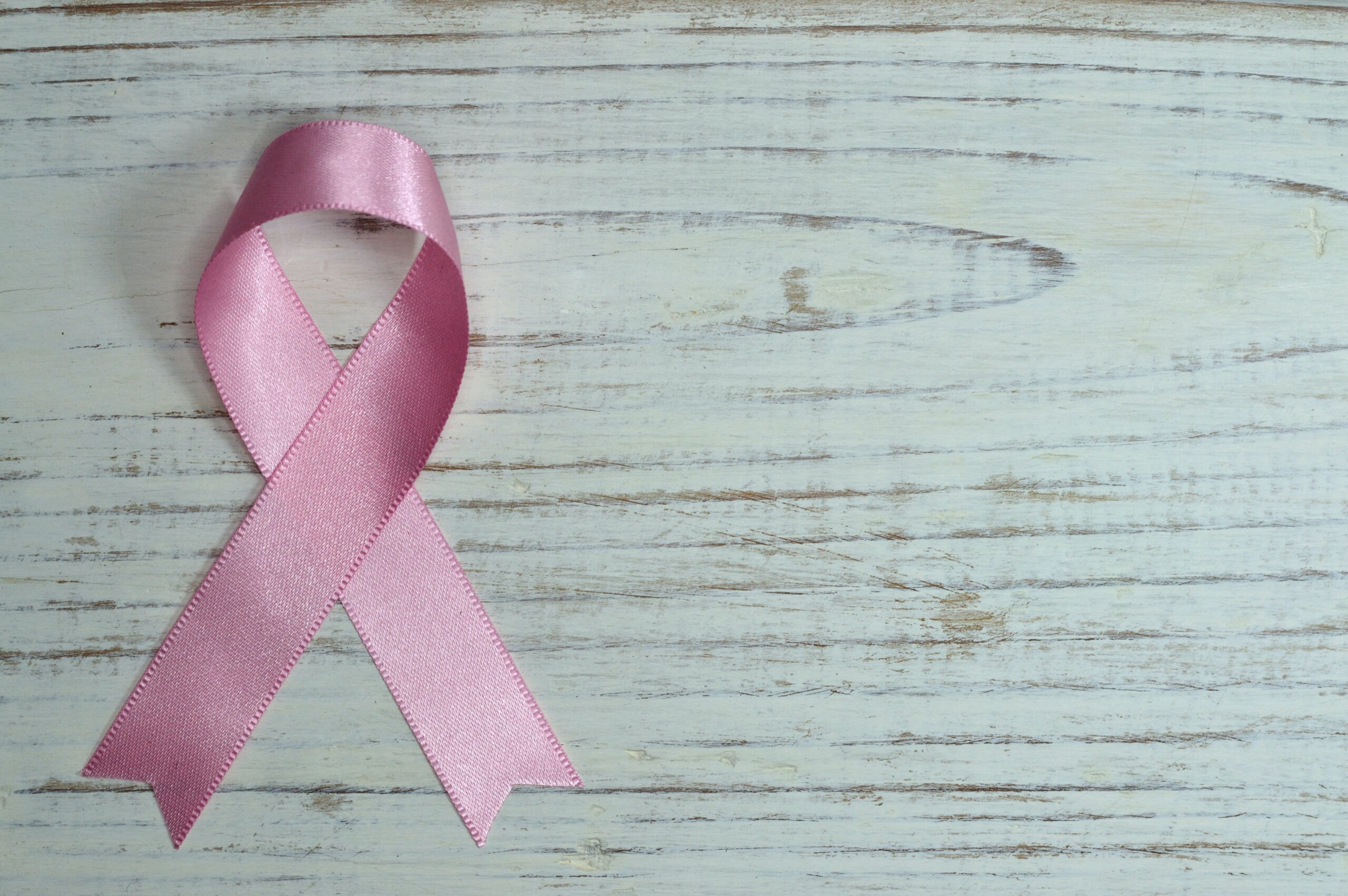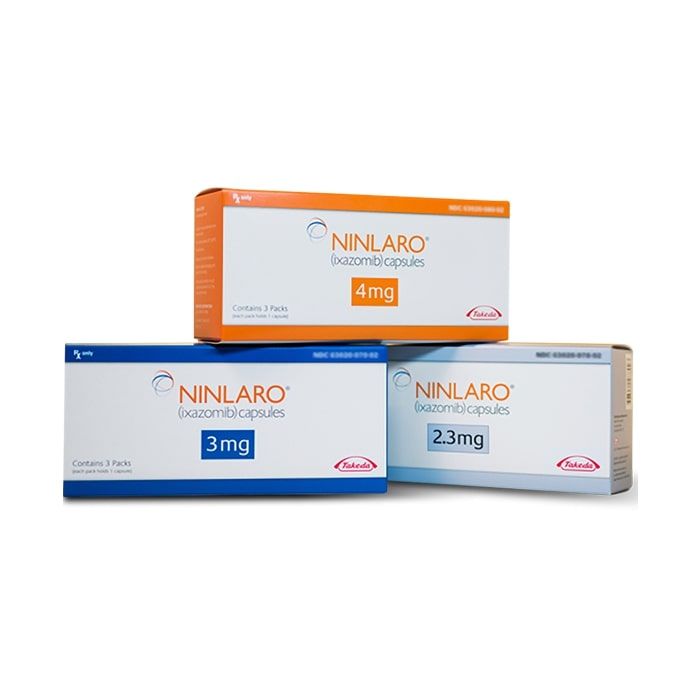
Ovarian Cancer: Options and Risks
1 – Options:
Patients are categorized as a patient for which Platinum is not an option and a patient for which Platinum is an option.
If the patient can utilize Platinum treatment, the patient starts to receive a maintenance treatment and naturally the most used maintenance treatment in recurrent ovarian cancer is also the guidelines reported are PARP inhibitors and other agents.
Bevacizumab received in the treatment of recurrent disease according to clinical trials, which report that if you combine Bevacizumab with Carboplatin/Paclitaxel or Carboplatin/Gemcitabine, you are able to increase progression-free survival with respect to chemotherapy alone.
Very recently when other categories of drug jumped into the market, and the PARP inhibitors are widely used now as maintenance treatment in Platinum sensitive recurrent.
What is clear is that if you gave a PARP inhibitor as maintenance, you are able to significantly increase progression-free survival, significant increase time to first subsequent chemotherapy treatment and do not impact on quality of life of patients, which is quite critical because we are talking about maintenance treatment and quality of life is an outstanding issue.
4 Dimensions to Improve Cancer Patient Quality Of Life
PARP inhibitors
PARP inhibitors are pills, but not sweets. We have to be very careful about the toxicity of the drug. We have to learn to manage toxicity, and we have to educate our patient to recognize it. Some toxicity is quite common between all the PARP inhibitor, nausea, vomiting, asthenia, and anemia.
Can PARP inhibitors cause harm?
The toxicities related to the dosage of the drug and actually Niraparib in a patient with less than 77 KG weight or less than 150,000 platelet at the beginning of treatment should start treatment with the 200 milligram and not 300 milligrams in order to decrease toxicity.
2 – Surgery “Is it the right option?”
Ovarian cancer is a complicated disease that’s been developed with surgical and chemotherapy ideas about how to manage it best.
And we know from the frontline setting that we look at surgery and chemotherapy is interrelated. They provide different aspects and how we can manage the patients and they have a sequence that we’ve been following for years.

One sequence being that we operate first and give chemotherapy second, and the second sequence is that we get chemo first followed by surgery, followed by more chemo.
And that kind of strategy has, has been promoted, without really prospective randomized trials to address what the efficacy of that or the efficiency of that strategy is.
But nevertheless, this disease is thought to be very chemo sensitive and so it’s not unheard of to think about using surgery and chemotherapy in the recurrent setting. If you look at the strategy for how we approach patients with recurrent ovarian cancer, we oftentimes will think about that for patients that we feel are chemo sensitive.
The guidelines have been for a long time have outlined that surgery should be a consideration of patients with Platinum sensitive recurrent ovarian cancer.
A randomized trial to address the importance and relevance of this strategy in the recurrent setting was initiated. And what was noticed in over a 10-year time period, that surgery did not seem to improve overall survival as a primary endpoint in patients who were treated with chemotherapy, which largely consisted chemotherapy plus bevacizumab.
Is it worth it?!
So I think we’re going to need to re-look at these issues, again with a context of how important that independency surgery is in the management of patients with recurrent ovarian cancer.
3 – Nausea with Ovarian Cancer:
When performing analysis evaluating individual physician compliance with highly emetogenic chemotherapy guidelines. These are established guidelines that NCCN has supported for over a decade, in which categorize chemotherapy into low, moderate and high risk.
Patients at receiving highly emetogenic chemotherapy or at over 90% risk of vomiting if they do not receive combined triple antiemetic prophylaxis consisting of a 5HT receptor antagonist and NK1 receptor antagonist and dexamethasone.
<h3 style="">Physician compliance</h3><p>Following these guidelines, improves patient outcomes and allows patients to continue on therapy. However, we don't know what individual physician compliance is with these guidelines.</p> <h3>Carboplatin </h3><p style="">Carboplatin was declared highly emetogenic chemotherapy in 2017, according to the guidelines, and many institutions are still unaware of this important change.</p><h2 style="text-align: left;">How can we improve our adherence?</h2><p style="">If we look at this in totality, we have to stop and ask why we are not following the guidelines especially when cisplatin was declared highly emetogenic chemotherapy in the 1990s and anthracycline and <a href="https://reference.medscape.com/drug/cytoxan-cyclophosphamide-342214" target="_blank" rel="noopener">cyclophosphamide</a> in the early 2000s, and now Carboplatin in 2017. This is an important thing that's our patients are worried about this. And this is something that we, as a group need to ask ourselves, how can we improve our adherence?













2 Comments
I’m starting to get addicted to the info I’m seeing here.
I’ve added your blog to my fav.
keep it up.
Hope the almighty heals everyone and take away the suffering.